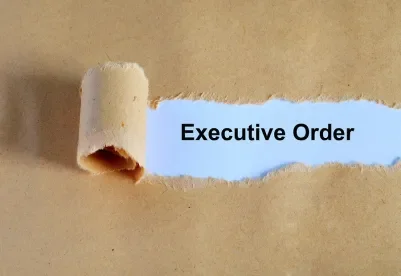With city after city setting 100 percent clean energy goals and states following in lockstep, opportunities are growing for renewable energy companies to develop utility-scale projects. Project development includes the need for energy infrastructure such as transmission lines, for example.
President Trump recently issued two executive orders consistent with the administration’s continuous efforts to speed up and reduce roadblocks to energy infrastructure projects. Project developers in each of these energy sectors should watch for opportunities to participate in agency and departmental processes to revise the guidance and develop rules to streamline energy infrastructure project permitting.
The first executive order is designed to ease the process for energy projects that cross international borders, transferring the authority to issue permits for cross-border infrastructure projects from the secretary of state to the president. This order follows in the footsteps of recent issuance of the Keystone XL pipeline permit, which has since been challenged. The effect of this order would arguably be to insulate cross-border permitting decisions from the time-consuming National Environmental Policy Act review.
The second order, the Executive Order on Promoting Energy Infrastructure and Economic Growth, sets forth a wide array of policy directives to federal agencies ranging from the U.S. Environmental Protection Agency (EPA) to the Department of Labor and the Department of Agriculture. The executive order touts this country’s “plentiful energy resources,” listing among them coal, oil, and natural gas. But noticeably absent from the president’s order is any reference to wind or other renewable energy projects.
Nonetheless, utility scale renewable energy projects fall into the category of “domestic energy resources” that can be subject to the rigorous permitting and review processes as are coal, oil, and gas projects. Therefore, the executive order’s efforts to speed up energy infrastructure projects will, under several of the directives, impact renewable energy projects just as they do oil and gas pipelines.
The order directs the U.S. EPA to revisit and reissue Clean Water Act (CWA) guidance on how states issue water quality permits under Section 401 of the CWA in order to streamline, expedite, and narrow the scope of water quality reviews. The order also calls for the EPA to initiate a rulemaking within four months from the date of the order to revise Section 401 regulations in a way that reduces unnecessary permitting delays.




 />i
/>i

